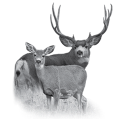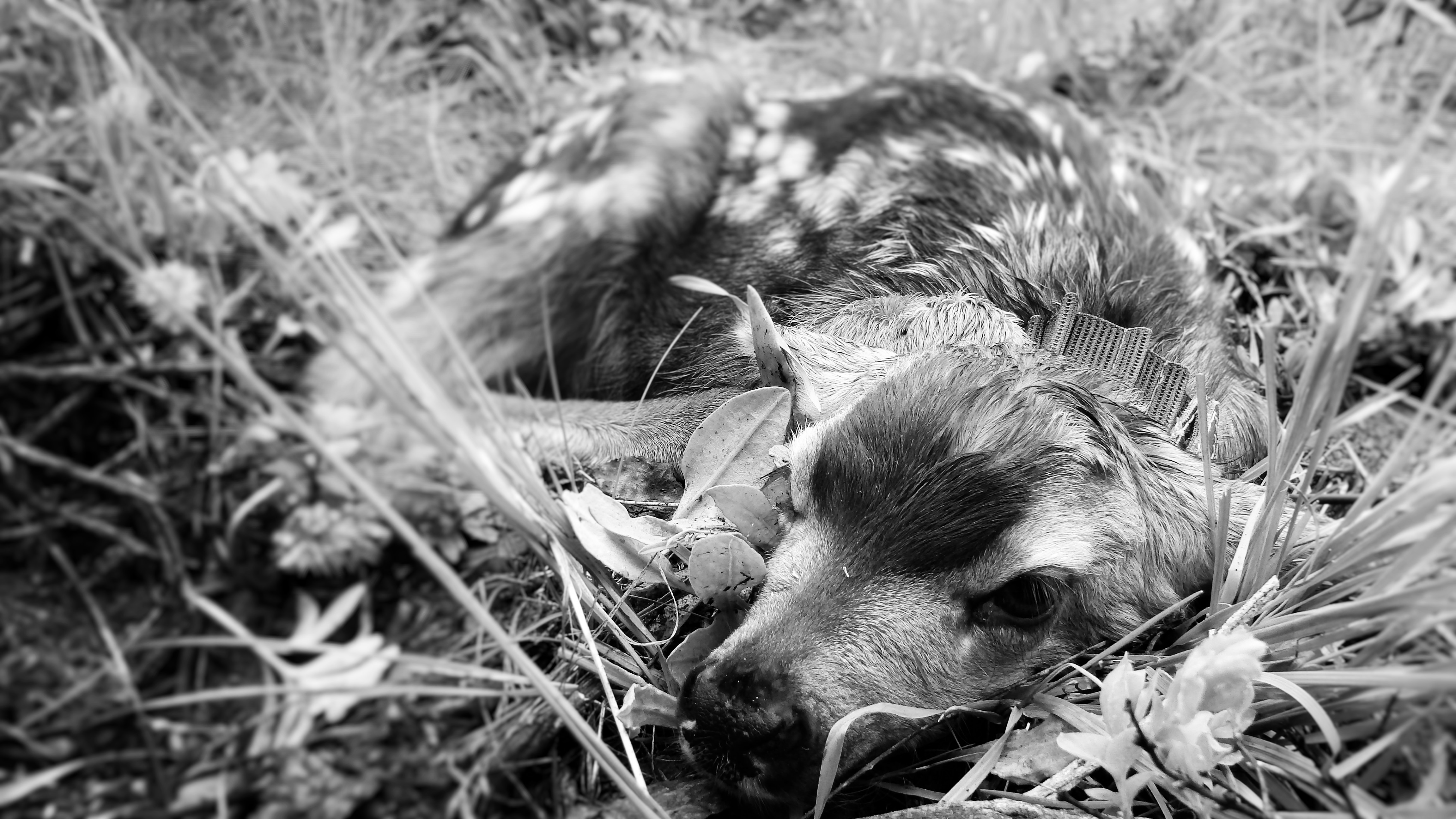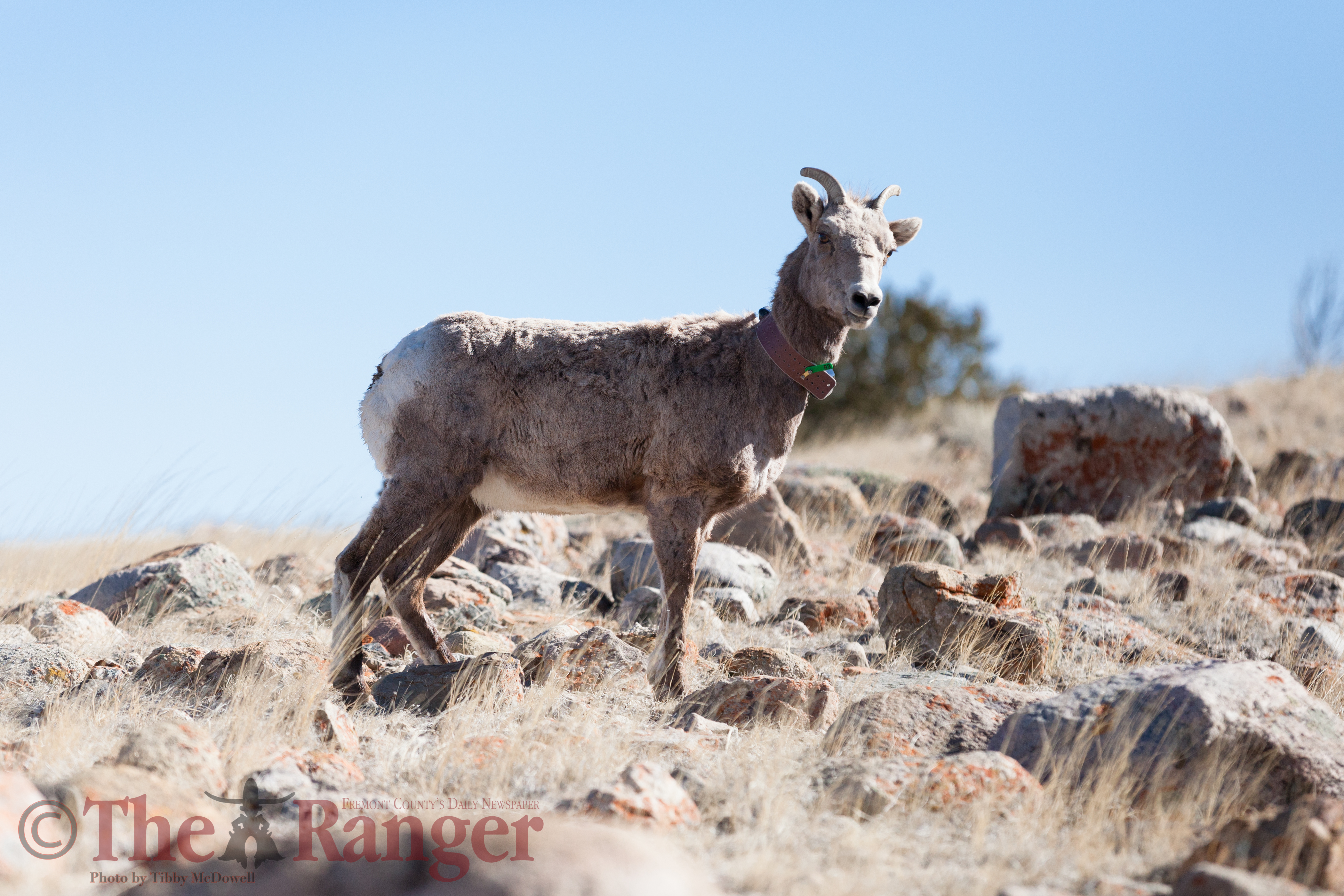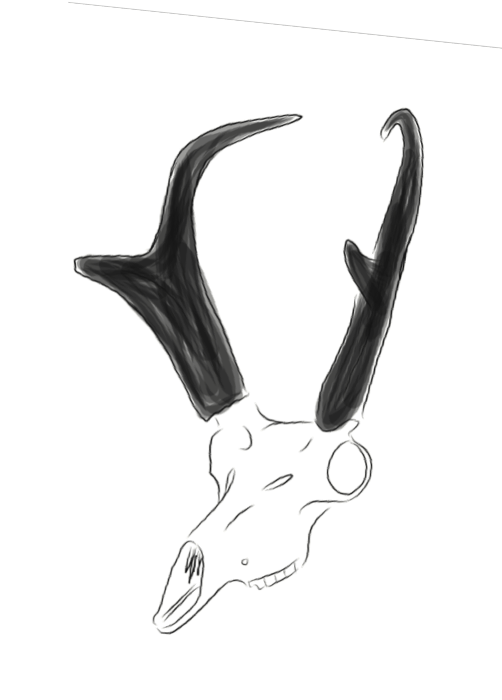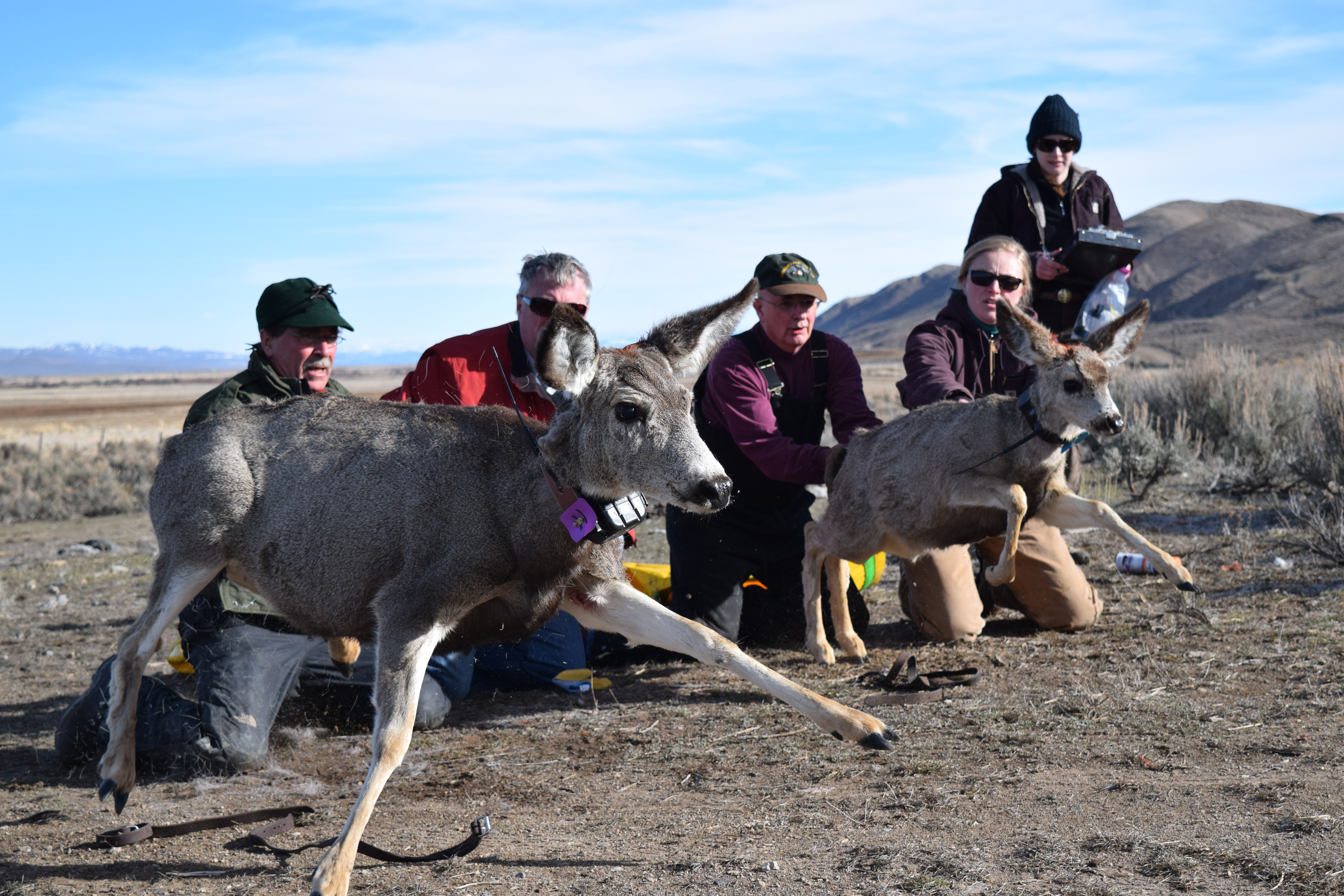Monteith Shop

Kevin and his graduate students are currently conducting research on most of Wyoming’s large ungulates; topics are centered on establishing a protocol for habitat-based, sustainable management of ungulate populations, while investigating the effects of predation, habitat alteration, climate change, migration strategies, disease, growth, and novel disturbance through the lens of nutrition. You can find more about the Monteith Shop and their research at their website.
Projects
-
Mule deer are an integral part of the outdoor heritage of western North America, a relished species of pursuit among big-game hunters throughout the country, and a key component of the landscape of the West. Nevertheless, mule deer populations have struggled to increase in abundance across much of their range during the last 2 decades. This research seeks to identify the factors regulating growth and distribution of mule deer in a high-desert ecosystem, while simultaneously developing a better understanding of the ecology of elk and their interactions with mule deer. More
-
Many mule deer populations throughout the West are struggling to reach historic numbers, and this is cause for a heightened need for understanding what is regulating population growth. Our research aims at disentangling the relative influence of predation, nutrition, and habitat on fawn survival of mule deer. Elucidating the factors that most influence fawn survival will glean insight into how mule deer populations are regulated throughout the West. More
-
Pneumonia in bighorn sheep continues to be one of the most poorly understood diseases that threaten wildlife in North America, and it’s presence clouds the already complicated processes underlying population dynamics of large mammals. Our goal is to begin to explore the interface between density, nutritional condition, survival and reproduction, and disease susceptibility to add another piece to the puzzle and aim to find alternatives to managing the disease. More
-
Although many may view pronghorn as commonplace in Wyoming, they are an ecologically unique species with a suite of traits that differ drastically from any other species of wild game in North America. Management and harvest of pronghorn has remained largely the same for nearly a century, despite recent evidence indicating that the ecologically distinct traits possessed by pronghorn may warrant a reconsideration of what hunting opportunities pronghorn populations may offer. Together, the Wyoming Game and Fish Department and the Monteith Shop are working to understand how harvest practices of male pronghorn affect age structure and yield of large males. More
-
Ungulate migration is widely recognized as being an important behavior for maintaining robust populations. Yet, despite its importance, we fail to understand how these behaviors are established in the first place. In this project, we are evaluating how migratory behaviors come to be – or their ontogeny – in mule deer. More


